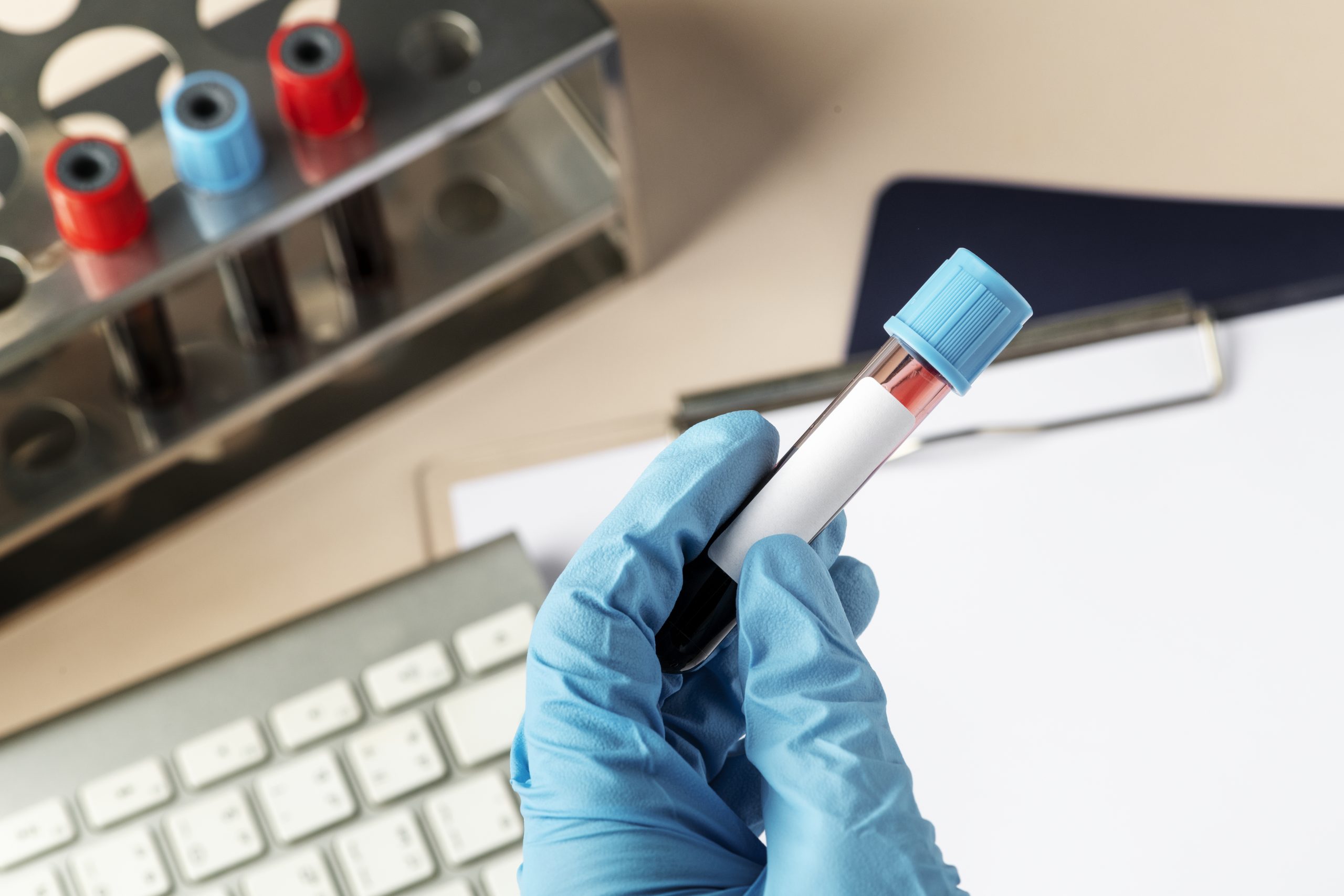Keep Eating Habits Consistent
Skipping meals, especially breakfast, could push your blood sugar higher, and depending which blood glucose-lowering medications you take, could cause hypoglycemia (low blood sugar). When you don’t eat for several hours because of sleep or other reasons, your body fuels itself on glucose released from the liver. For many people with type 2 diabetes (PWDs type 2), the liver doesn’t properly sense that the blood has ample glucose already, so it continues to pour out more. Eating something with a little carbohydrate signals the liver to stop sending glucose into the bloodstream and can tamp down high numbers.
Skipping meals also may lead to overeating, which can cause weight gain. And if you take certain glucose-lowering medications, such as sulfonylureas (generic name glimiperide, glipizide, or glyburide), that cause your pancreas to release more insulin into your blood stream, or if you take insulin with injections, a pump or inhaler, you risk having your blood sugar drop too low if you skip or delay meals.
Include and Enjoy Healthy Sources of Carbs
An eating plan that is too low in carbohydrate “is not balanced and may deprive the body of important fiber, vitamins, and minerals,” says Constance Brown-Riggs, M.S.Ed., RD, CDE, author of The African American Guide to Living Well with Diabetes (Career Press, 2010).

Recently, Brown-Riggs counseled a PWD type 1 who cut her carbohydrate intake to 90 grams per day. The result: constant hunger and no improvement in blood glucose or lipids. Brown-Riggs helped the woman balance her meal plan with additional carbohydrate-containing foods. “When she increased her carb intake, her hunger subsided. Additionally, she was able to improve her A1C, triglycerides and HDL cholesterol levels. Meal planning for diabetes is not one-size-fits-all,” explains Brown-Riggs.
Cook Pasta Al Dente and Measure Servings

It is best to eat your spaghetti al dente, says David J. A. Jenkins, M.D., Ph.D., Canada research chair in nutrition and metabolism at the University of Toronto and St. Michael’s Hospital. Overcooked pasta and other starches become soft, lose their form, and give up their glucose more readily, likely giving you a slightly bigger rise in blood sugar, he says.
“The real problem with pasta is that it’s so palatable,” and you may eat more than you intend, says Jenkins. A cupful of pasta provides as many calories and carb grams as three slices of bread, and the pasta goes down faster. Jenkins’ advice: Cook starchy foods adequately, but avoid overcooking. Enjoy your pasta with plenty of low-calorie vegetables or beans, as in pasta fagioli. Finally, he says: Control portions and count the calories and carb grams.
In a Pinch, Eat Diabetes Bars and Shakes as Meal Replacements
Bars or shakes made specifically for people with diabetes can help you control blood sugar levels when you’re on the go, says dietitian Constance Brown-Riggs. “When used as a meal replacement or snack, they can take the guesswork out of carbohydrate counting,” she says.

Toss them in your purse, suitcase, or desk drawer so you’ll always have a suitable choice when you’re stuck in traffic or can’t break for lunch. But if you fall into the trap of eating them in addition to your usual meals or snacks, both your weight and your blood sugar levels may climb. You have to swap them for other foods, or your calorie and carb intake will likely be too high.
And don’t forget to read the labels for calories, saturated fats, and any other nutrient of particular concern. Just because a bar or shake is labeled suitable for diabetes doesn’t mean that it’s truly a wholesome food choice or ideal for the health of your heart.
Enjoy Cinnamon as a Natural Flavor Booster (But It Might Not Lower Blood Sugar)
Cinnamon contains a number of compounds that could improve insulin sensitivity and insulin action, says Laura Shane-McWhorter, PharmD, BCPS, BC-ADM, CDE, FASCP, FAADE, a professor at the University of Utah College of Pharmacy and author of The American Diabetes Association Guide to Herbs and Nutritional Supplements: What You Need to Know from Aloe to Zinc (2009).
Though studies are mixed, a 2013 meta-analysis[i] found that among people with type 2 diabetes, the consumption of cinnamon led to lower fasting blood glucose, LDL cholesterol and triglyceride levels, as well as a beneficial increase in HDL cholesterol levels. Unfortunately, explains, Shane-McWhorter, the ideal dose and form of cinnamon has not been determined, and cinnamon may even cause liver toxicity. Before taking a cinnamon supplement, have a talk with your healthcare provider.
However, you can still enjoy this versatile, fragrant spice to delight your taste buds without extra calories or sodium. Cinnamon brings out the natural sweetness of tomatoes in a sauce and adds an interesting complexity to beef and poultry. Sprinkle it on oatmeal, yogurt, and fruit to boost sweetness without adding sugar.
Have a Cup of Green Tea
Replacing sugary drinks with green tea is a great way to cut calories, save carbs, and get a good dose of disease-fighting polyphenols. But don’t bank on it to lower your blood sugar. A few studies suggest that green tea may help prevent type 2 diabetes and improve insulin sensitivity, but the evidence isn’t strong enough to make firm recommendations.

Green tea extracts—but not the beverage—in high doses have been associated with several cases of liver toxicity, says Laura Shane-McWhorter, Pharm.D., CDE, a professor at the University of Utah College of Pharmacy and author of The American Diabetes Association Guide to Herbs and Nutritional Supplements: What You Need to Know from Aloe to Zinc (2009). Shane-McWhorter recommends people with diabetes use supplements with caution.
For more tips follow: diabeticlivingonline.com







Leave A Comment
You must be logged in to post a comment.